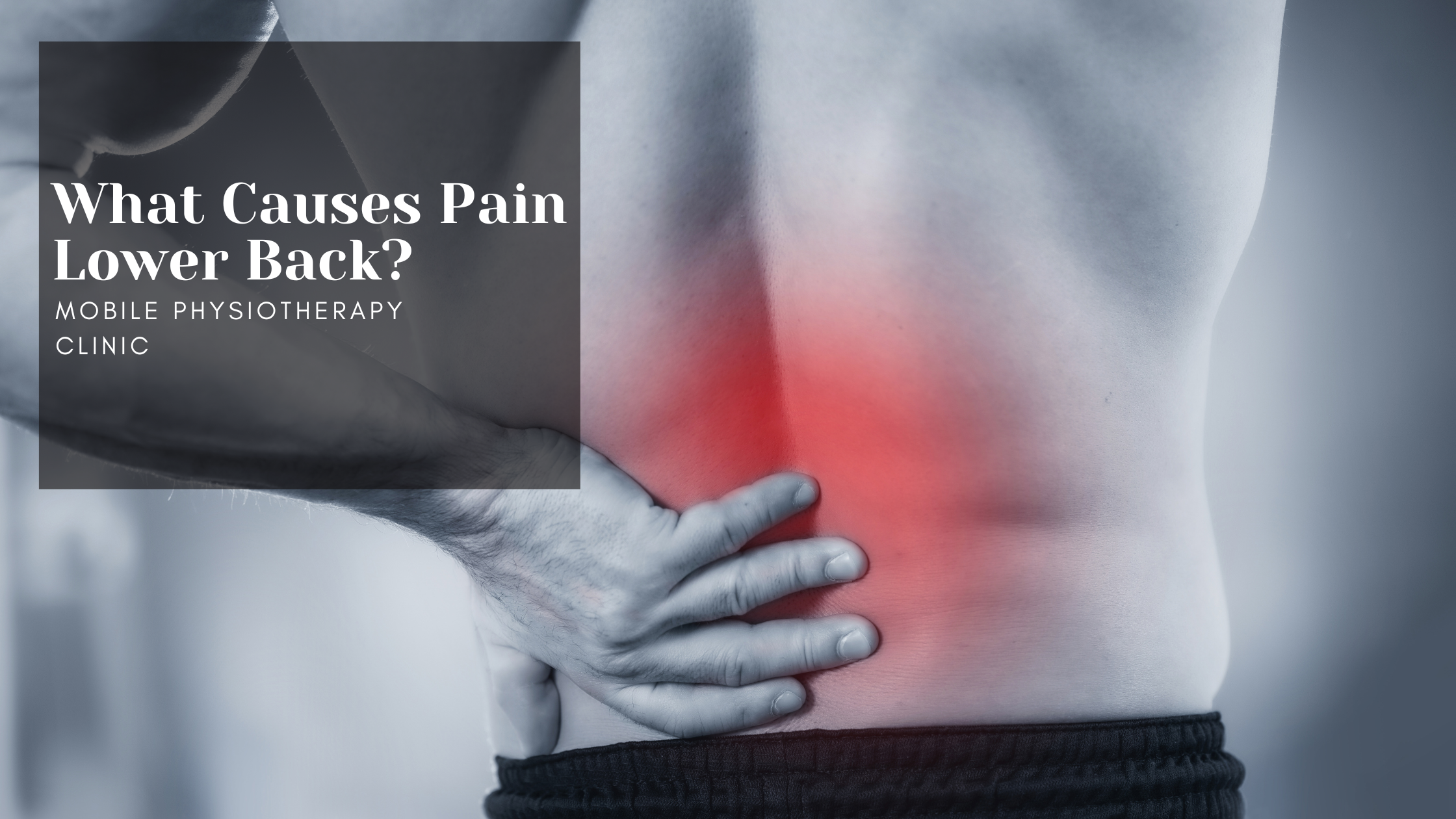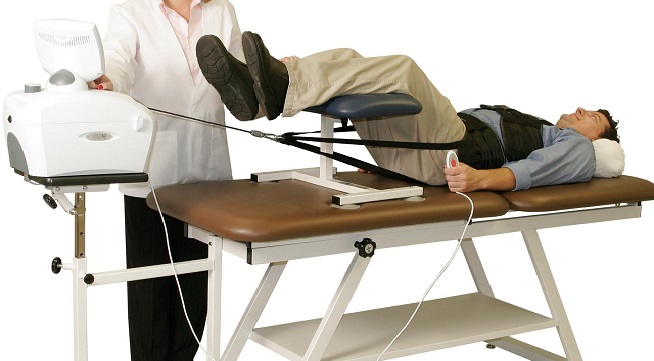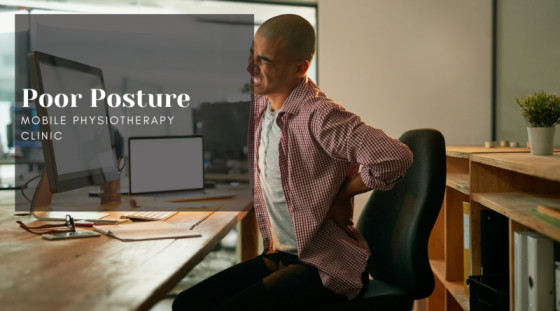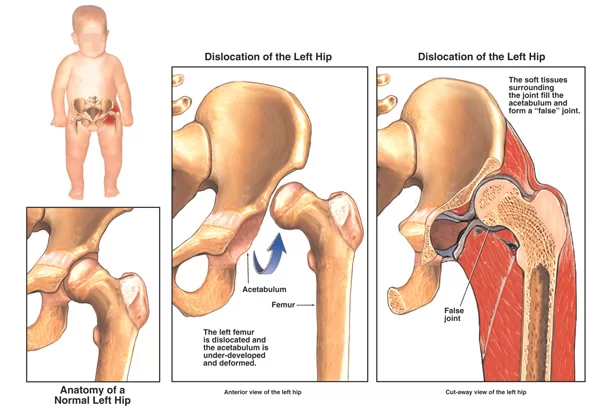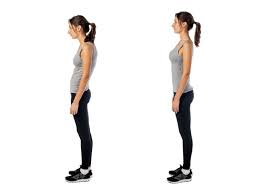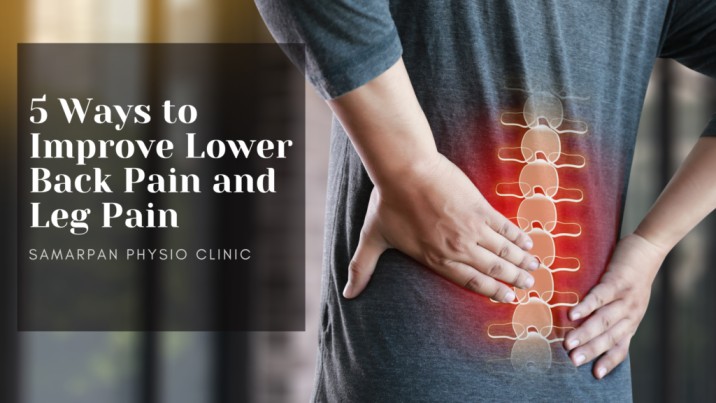What Causes Pain Lower Back?
Whether it’s from the gym, moving a heavy object, or some other unknown cause, lower back pain is an annoyance we’ve all experienced. It is one of the most common chronic diseases encountered by people of all ages.
Good News? Once the cause is identified, lower back pain can be easily prevented and treated. Penn Medicine offers an online assessment test to help you determine when it’s time to see a doctor for back pain.
Types of lower back pain
- Non-specific muscular pain
- Muscle spasms
- Radicular pain
Non-specific Muscular Pain
“By far the most common cause of back pain is non-specific muscle pain, that is basically a muscle strain.” Dr. Nitesh explains. One common symptom to look out for is non-specific, intense muscle pain on one or both sides of the lower back. Non-specific muscle pain can be caused by lifting, twisting, stretching, or any other type of movement that puts stress on the lower back. It can also be caused by a sudden, unexpected movement, such as a fall.
Radicular Back Pain
Radicular pain is another common type of lower back pain that might be caused by two factors:
- Pinching of one or more nerve roots
- Degeneration of the disc, that is the shock absorber for the back
The nature of radicular pain just differs slightly from muscle spasms and non-specific muscular pain. “The patients who are experiencing radicular pain will mostly experience a sharp shooting pain that starts in the back and goes into one or both of the legs. They also may feel numbness or tingling in their legs,” says Dr. Nitesh. Some radicular pain may also be classified as sciatic nerve pain, a very general and painful condition.
Muscle Spasms
A common symptom of lower back pain is less common than non-specific muscle pain, muscle spasms. Muscle spasms occur when the back muscles contract involuntarily. Similar to non-specific muscle pain, muscle spasms are most often caused by bending, lifting heavy loads, or other activities. Injury usually begins with a specific incident rather than chronic use. “Three out of five people with lower back muscle pain, such as muscle spasms, might remember a specific time and activity after which they developed the pain,” says Dr. Nitesh.
Symptoms of lower back pain
Lower back pain symptoms can appear suddenly or they can come on gradually. Sometimes the pain occurs after a certain event, such as bending to lift something. Other times, you might not know what caused the pain.
The pain may be sharp or dull and aching and may radiate to the bottom or down the back of the legs (sciatica). If you are straining your back during an activity, you may hear a “pop” during the activity. The pain is often worse in certain positions (such as bending forward) and improves when you lie down.
Other symptoms of lower back pain include:
- Posture problems: Many people with back pain find it difficult to stand up straight. You may stand “crooked” or hunched over, with your torso tilted to the side rather than aligned with your spine. Your lower back might look flat instead of curved.
- Muscle Cramps: After exercise, the muscles in the lower back may tighten or contract uncontrollably. Muscle spasms may cause extreme pain and make it difficult or impossible to move, stand or walk.
- Stiffness: It can be difficult to straighten or move your back. It might take a while to get up from a sitting position, and you may feel like you need to walk or stretch to relax. You might experience decreased range of motion.
Causes of lower back pain
Many conditions, injuries and diseases may cause lower back pain. They contain:
- Strains and sprains: Back strains and sprains are the most general cause of back pain. You can injure your muscles, ligaments or tendons by lifting something too heavy or not lifting safely. Some people strain their backs by coughing, bending, sneezing or twisting.
- Fractures: Bones in the spine can break during an accident, such as a car accident or a fall. Certain conditions (such as osteoporosis or spondylolysis) increases the risk of fractures.
- Disc problems: Discs cushion the vertebrae (small bones of the spine). Discs can bulge out of their position in the spine and press on the nerve. They can also tear (a herniated disc). With age, discs can become flatter and offer less protection (degenerative disc disease).
- Structural problems: A condition called spinal stenosis occurs when the spine is too narrow for the spinal cord. Something that pinches the spinal cord can cause severe sciatic nerve pain and lower back pain. Scoliosis (curvature of the spine) might lead to stiffness, pain and difficulty moving.
- Arthritis: Osteoarthritis is the most common type of arthritis causing lower back pain. Ankylosing spondylitis causes lower back pain, inflammation and stiffness of the spine.
- Disease: Spinal infections, tumors and several types of cancer may cause back pain. Other conditions can also cause back pain. These include abdominal aortic aneurysm and kidney stones.
- Spondylolisthesis: In this condition, it causes the vertebrae in the spine to slip out of place. It leads to lower back pain and often leg and thigh pain as well.
Diagnosis
A physical exam is usually all that is needed to diagnose back pain. During a physical exam, your doctor may test your:
- ability to stand and walk
- range of motion of the spine
- reflexes
- leg strength
- the ability to detect sensations in the legs
If you suspect a serious condition, your doctor may order additional tests, including Trusted Source:
- blood and urine tests to check basic conditions
- X-rays of the spine show the alignment of your bones and also check for fractures
- A MRI scan and CT scan to assess your discs, muscles, ligaments, nerves and blood vessels
- a bone scan to look for abnormalities in the bone tissue
- electromyography (EMG) to test nerve signals
Prevention
These tips will help ease your lower back pain when it happens.
Work your core
The muscles in and around your abdomen help you maintain an upright position and carry out your physical activities. Strengthening them can also reduce the risk of back pain, strain or damage.
Incorporate strength training with a core focus into your regular fitness routine several times a week.
Improve your posture
Poor posture can cause unnecessary pressure and strain on the spine. Over time, this can lead Trusted Source to pain and damage.
Regularly remind yourself to roll your rounded shoulders and sit up straight in your chair.
Carry less
Heavy briefcases, laptop bags, suitcases and wallets can cause unnecessary stress and strain on your neck and spine.
Try to limit what you need to carry and use bags that distribute the weight more evenly, such as a backpack. If you can, use a bag with wheels so your back doesn’t go all the way down.
Change shoes
High-heeled shoes are likely to cause back damage if you wear them often. Whenever you can, choose comfortable, supportive and minimally elevated heel shoes.
Stretch often
Doing the same thing every day can make your muscles tired and more likely to strain. Stretch regularly to improve circulation in these muscles and reduce the risk of back pain and injury.
If you think these five tips are helpful for preventing back pain, read on for five more ways to make it less likely to hurt yourself.
Treatment of Lower Back Pain
1. Keep moving
You might not feel like you are in pain. But that’s probably the first thing your doctor will recommend.
“A common misconception among patients with isolated back pain is that they can’t stay active,” says Nitesh.
Try to keep up with your usual level of movement and daily activity. It could be a brisk 30-minute walk or a lap around the block with the dog. Try to get on your feet at least three times a week.
Also being sedentary “allows the muscles around the spine and back to slack off,”. “This in turn might cause less support for the spine” and lead to long term pain.
2. Stretch and strengthen
Strong muscles, especially in the abdominal core, help support the back. Strength and flexibility can help you both reduce and prevent pain.
A lot of times I encourage people to do this first thing in the morning. But if you’re older or worried about overdoing it, you can stretch and exercise later in the day when your body is warmed up.
Yoga, pilates and tai chi are just some of the ways to strengthen the core and muscles around the hips. One exercise that targets the entire upper and lower back is to lie on your stomach and raise your legs and arms in a flying position.
3. Maintain proper posture
This helps relieve pressure on the lower back. You can use tape, straps, or elastic bands to help keep your spine aligned. Try to keep your head centered over your pelvis. Don’t hunch your shoulders or stick your chin forward.
If you work in front of a screen, lean evenly on a table or desk and keep your eyes level with the top of the screen. Get up from your chair and stretch and take regular walks nearby.
4. Try Ice and Heat
You might have heard that one is better than the other for lower back pain relief. The short answer is that the best option is to follow what suits you.
Some people come in and swear by hot or ice. You may want to try both, and you’ll probably find that one works better for your relief.
Ice is usually best if the back is suffering from inflammation and swelling. A heating pad can be better if you are trying to tight muscles or loosen stiff .
Icing or heating treatments for 15-20 minutes at a time. And do not use them if you are also applying muscle pain creams or ointments.
5. Know your over-the-counter medications
Over-the-counter pain relievers can help with muscle stiffness and pain. The two main types of over-the-counter options are non-steroidal anti-inflammatory drugs (NSAIDs) and acetaminophen. NSAIDs include ibuprofen, aspirin and naproxen.
True to their name, NSAIDs help reduce inflammation that can lead to swelling and tenderness. But paracetamol does not reduce inflammation. For general lower back pain, you can turn to both types of painkillers. NSAIDs may work a little better, if you have spinal arthritis or other inflammatory conditions.

